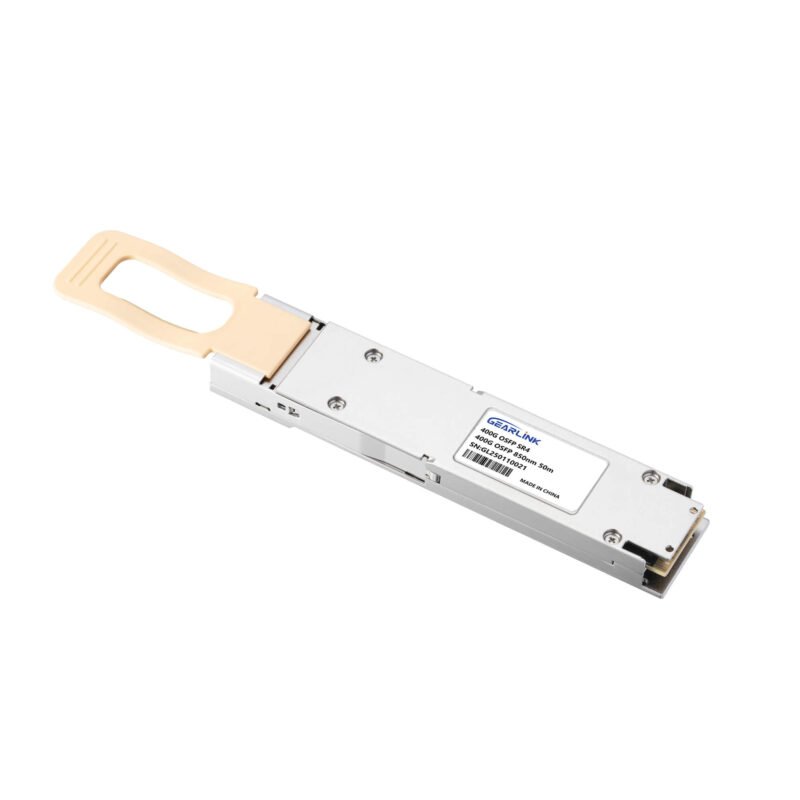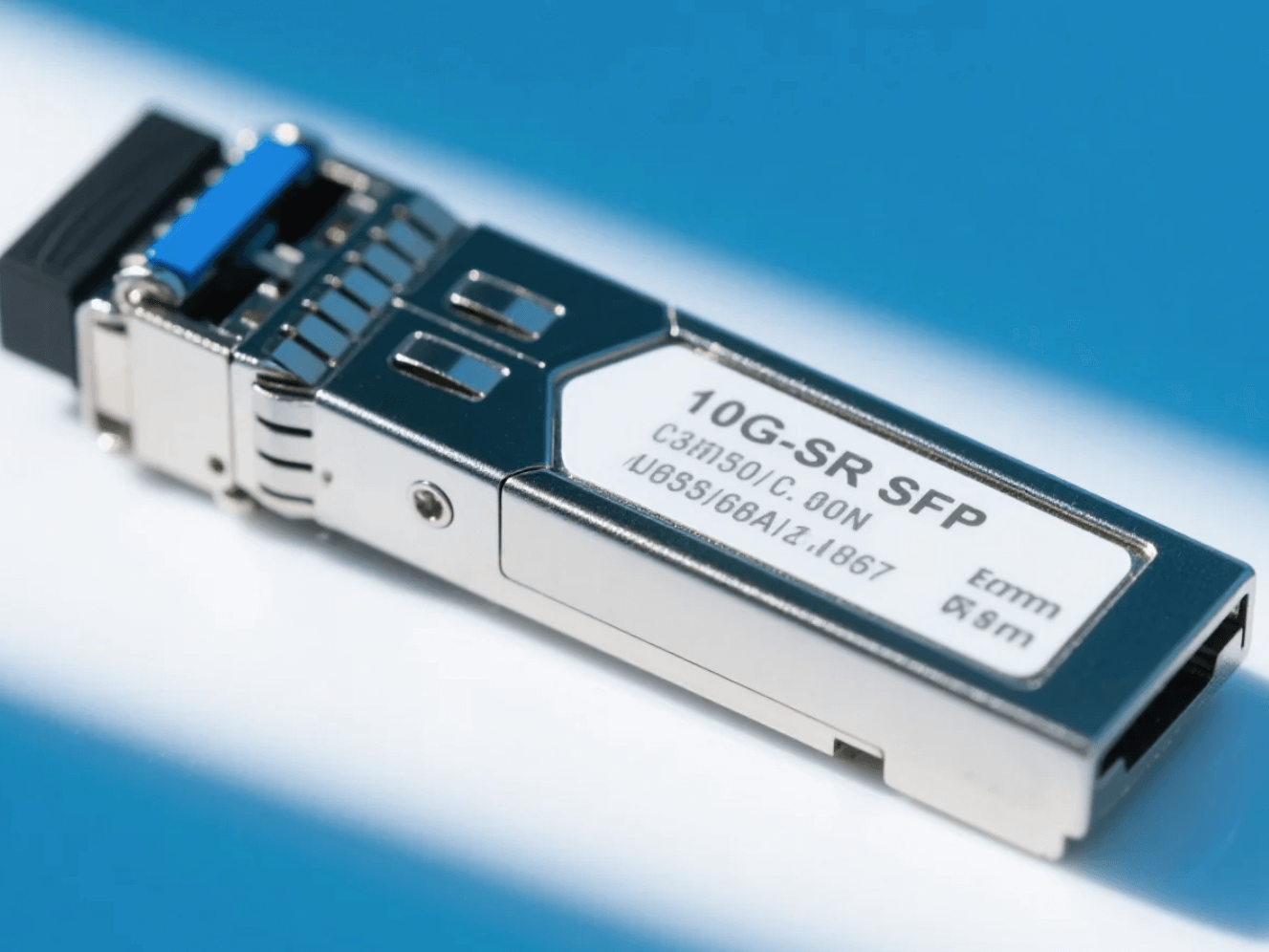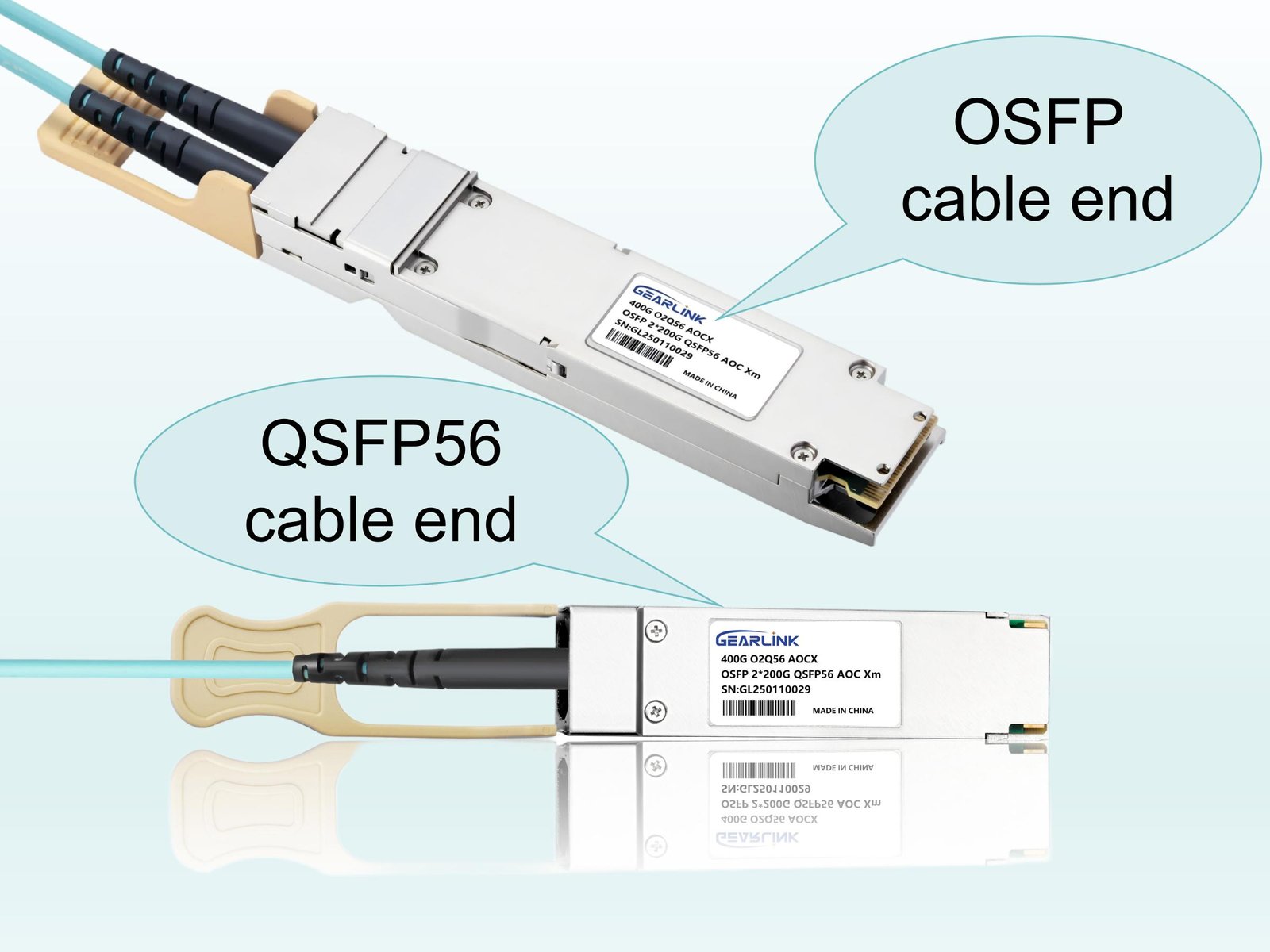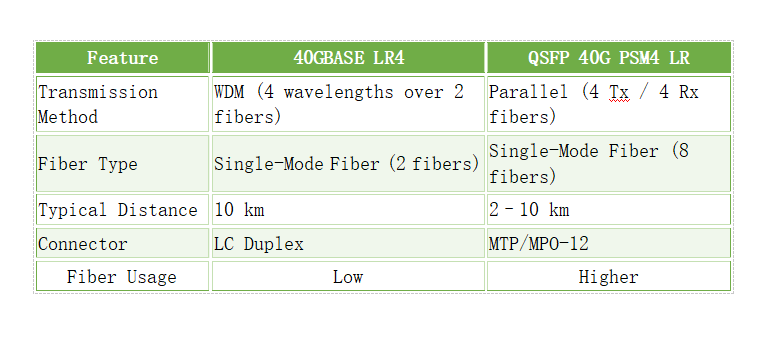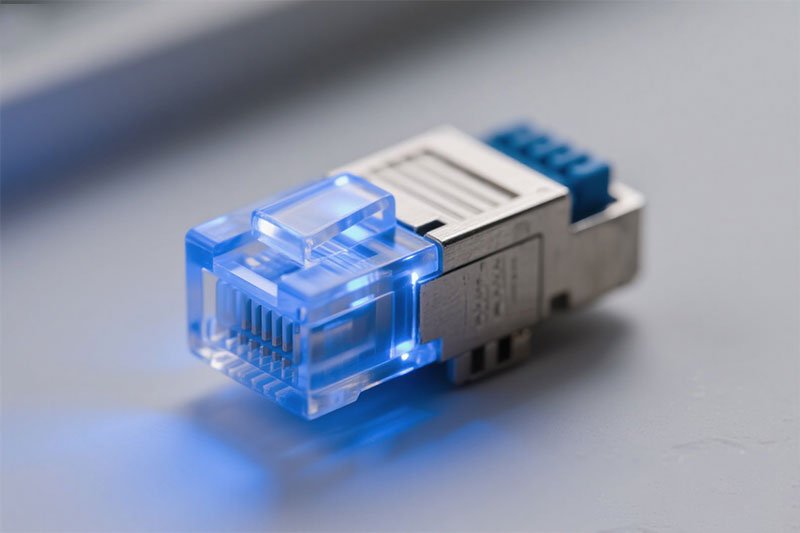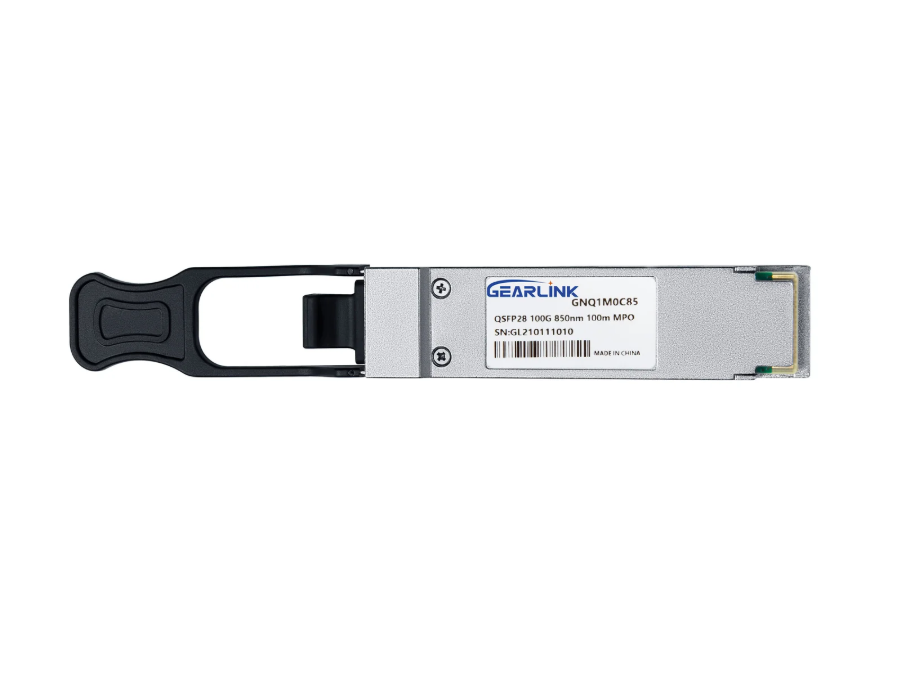In the rapidly evolving landscape of data centers, the demand for higher bandwidth is insatiable. Technologies like artificial intelligence (AI), machine learning (ML), and the proliferation of cloud computing have pushed network infrastructures to their limits. This has created an urgent need for advanced solutions, with 400G optical transceivers emerging as the new standard for high-speed connectivity. Among these, the 400G OSFP SR4 module stands out as a critical component for enabling short-reach, high-density interconnections within data centers. For network professionals and data center operators, the decision of which module to choose is directly tied to the reliability and performance of their entire system. This is why selecting a trustworthy 400G OSFP SR4 manufacturer is more important than ever.
This guide delves into the core aspects of what makes a manufacturer reliable, moving beyond simple product specifications to explore the deeper values of a company. We will provide a detailed look at the technology behind these modules, the rigorous quality standards that must be met, and the long-term support you should expect. Ultimately, this article aims to equip you with the knowledge to make an informed decision that will secure your network’s future.
Understanding the 400G OSFP SR4 Landscape

The 400G OSFP SR4 is a hot-pluggable optical transceiver module designed to support 400 Gigabit Ethernet links over multimode fiber. “OSFP” stands for Octal Small Form-factor Pluggable, an industry-standard form factor that supports eight electrical lanes running at 50 Gbps each, combining to achieve a total data rate of 400 Gbps. The “SR4” indicates Short Reach, 4 channels, which means it uses four transmit and four receive lanes to operate over multimode fiber, typically reaching distances of up to 100 meters on OM4 fiber. These modules are specifically designed for high-density, high-bandwidth applications, making them an ideal choice for server-to-switch and spine-leaf architectures in modern data centers.
The technological foundation of the 400G OSFP SR4 module is built on advanced components. It leverages PAM4 (Pulse Amplitude Modulation 4-level) signaling, which doubles the data rate per lane compared to NRZ (Non-Return-to-Zero) modulation. This allows a 50 Gbps electrical lane to carry 100 Gbps of data. Furthermore, these modules use VCSEL (Vertical Cavity Surface Emitting Laser) technology, which is highly efficient for short-reach applications over multimode fiber. The combination of these technologies enables the compact form factor and high performance required to meet the demands of today’s network infrastructure.
The Hallmark of a Reputable 400G OSFP SR4 Manufacturer
400GBASE-SR4 OSFP 850nm 50m DOM MPO-12/APC MMF Optical Transceiver Module
Price range: NT$499 through NT$898
When evaluating potential suppliers, the focus shouldn’t be solely on price. A truly reliable 400G OSFP SR4 manufacturer offers a combination of cutting-edge technology, stringent quality control, comprehensive support, and a commitment to customer satisfaction. Optictran, for instance, focuses on these core pillars to deliver superior value to its clients.
1. Unwavering Commitment to Quality and Reliability
Quality is the non-negotiable cornerstone of a great optical module. A reliable manufacturer will have an extensive, multi-layered quality assurance process. This goes beyond simple functionality testing. It involves meticulous procedures to ensure every module meets and exceeds industry standards.
- Rigorously Tested Performance: A top-tier manufacturer will conduct comprehensive performance testing on every single module before it leaves the factory. This includes optical power, extinction ratio, bit error rate (BER), and eye pattern tests. For a module like the 400G OSFP SR4, this is critical to guarantee stable, high-speed data transmission without signal degradation.
- Adherence to Industry Standards: The manufacturer must be compliant with key industry standards, including the OSFP MSA (Multi-Source Agreement), CMIS 4.0 (Common Management Interface Specification), and IEEE 802.3bs for 400G Ethernet. This ensures interoperability with a wide range of networking equipment from various vendors. Optictran, for example, ensures its modules are tested and validated for compatibility with major brands like Cisco, Juniper, and Arista, which is a major benefit for seamless integration.
- Advanced Component Sourcing: The quality of the final product is only as good as its individual components. A reliable manufacturer sources high-grade components, such as VCSELs and photodetectors, from trusted suppliers. They also implement a robust supply chain management system to maintain consistency and prevent the use of counterfeit parts.
2. Technological Expertise and Innovation
The optical communications industry is in a state of constant evolution. A manufacturer that remains static will quickly fall behind. A reliable 400G OSFP SR4 manufacturer should demonstrate a strong dedication to research and development.
- Engineering Excellence: Look for a manufacturer with deep technical expertise in optical and electronic engineering. This expertise translates into innovative product designs that are not only high-performing but also power-efficient and reliable under varying conditions. The ability to design modules with low power consumption, for instance, is a major factor in reducing operational costs for a data center.
- Forward-Looking Product Roadmap: A reputable company invests in the future. They should have a clear product roadmap that anticipates the next generation of networking needs, such as 800G and beyond. This demonstrates a commitment to long-term partnerships and ensures that your chosen vendor can grow with your infrastructure. Optictran’s focus on next-generation technologies shows a forward-thinking approach that benefits its customers in the long run.
3. Excellent Customer Support and Service
The relationship with a manufacturer doesn’t end after the sale. Comprehensive technical support is a vital component of a long-term partnership.
- Responsive Technical Support: When issues arise, you need a partner who can respond quickly and effectively. A reliable manufacturer offers a dedicated support team with deep technical knowledge of their products. They should be able to assist with everything from initial installation and configuration to troubleshooting complex network issues.
- Comprehensive Warranty and RMA Process: A strong warranty policy is a testament to a manufacturer’s confidence in its product. It shows they are willing to stand behind their modules. A clear and efficient Return Merchandise Authorization (RMA) process is also crucial for minimizing downtime and logistical headaches.
- Customization and Compatibility: Many large-scale data centers have unique needs. A flexible manufacturer will be able to offer customized solutions or ensure compatibility with specific platforms. The ability to program modules to be compatible with different switches is a critical service, and a company like Optictran excels in this area, offering broad compatibility to reduce the complexity for network operators.
Why Optictran is a Leading 400G OSFP SR4 Manufacturer
At Optictran, our mission is to provide high-quality, reliable, and cost-effective optical solutions that empower modern network infrastructures. Our approach is centered on the principles we’ve discussed: unwavering quality, technological innovation, and exceptional customer service.
Our 400G OSFP SR4 modules are engineered and tested to the highest standards. We use automated test equipment to perform comprehensive parameter validation on every module, guaranteeing that each unit delivers optimal performance. Our modules are designed to be fully compliant with all relevant industry standards, ensuring seamless interoperability with a broad range of networking equipment.
Furthermore, we understand the specific challenges faced by data center operators. That is why our products, including the 400G OSFP SR4, are designed for low power consumption, which is critical for managing operational costs and thermal loads in high-density environments. Our commitment to our customers is reflected in our dedicated technical support team and our robust warranty policy, which provides peace of mind and minimizes risk.
Choosing a 400G OSFP SR4 manufacturer is a strategic decision that impacts the performance, scalability, and cost-effectiveness of your network. By focusing on factors such as rigorous quality control, technological expertise, and comprehensive customer support, you can secure a partner who will help you build a resilient and high-performing network. Optictran is committed to being that partner, delivering the value and reliability you need to succeed in the data-driven world.
FAQs
Q1: What is the main difference between OSFP and QSFP-DD? A1: OSFP (Octal Small Form-factor Pluggable) and QSFP-DD (Quad Small Form-factor Pluggable Double Density) are both competing form factors for 400G optical modules. While both support 400G, OSFP is a slightly larger form factor that supports eight electrical lanes, making it a powerful choice. QSFP-DD is a “double-density” version of the popular QSFP form factor, maintaining a smaller footprint. The choice often depends on the specific switch or host device, as most vendors commit to one or the other.
Q2: Why is the choice of manufacturer so important for 400G OSFP SR4 modules? A2: The manufacturer determines the quality, reliability, and long-term performance of the module. A poor-quality module can lead to network downtime, increased error rates, and interoperability issues, which can be far more costly than the initial price of the module. A reliable manufacturer ensures that their products are built to last and provides the necessary support to keep your network running smoothly.
Q3: How do you ensure your modules are compatible with different networking equipment? A3: A reputable manufacturer like Optictran utilizes a rigorous testing process, using a wide array of switches from major vendors. Each module is programmed and tested in real-world scenarios to ensure it functions correctly and is fully compatible with the specific platform it will be used in. This process, often referred to as a “compatibility matrix,” gives customers confidence that the module will integrate seamlessly into their existing infrastructure.
